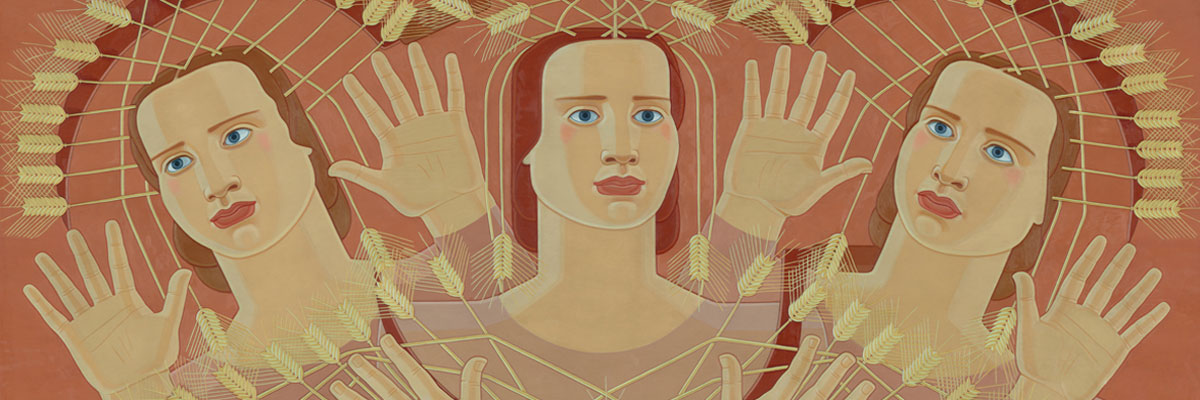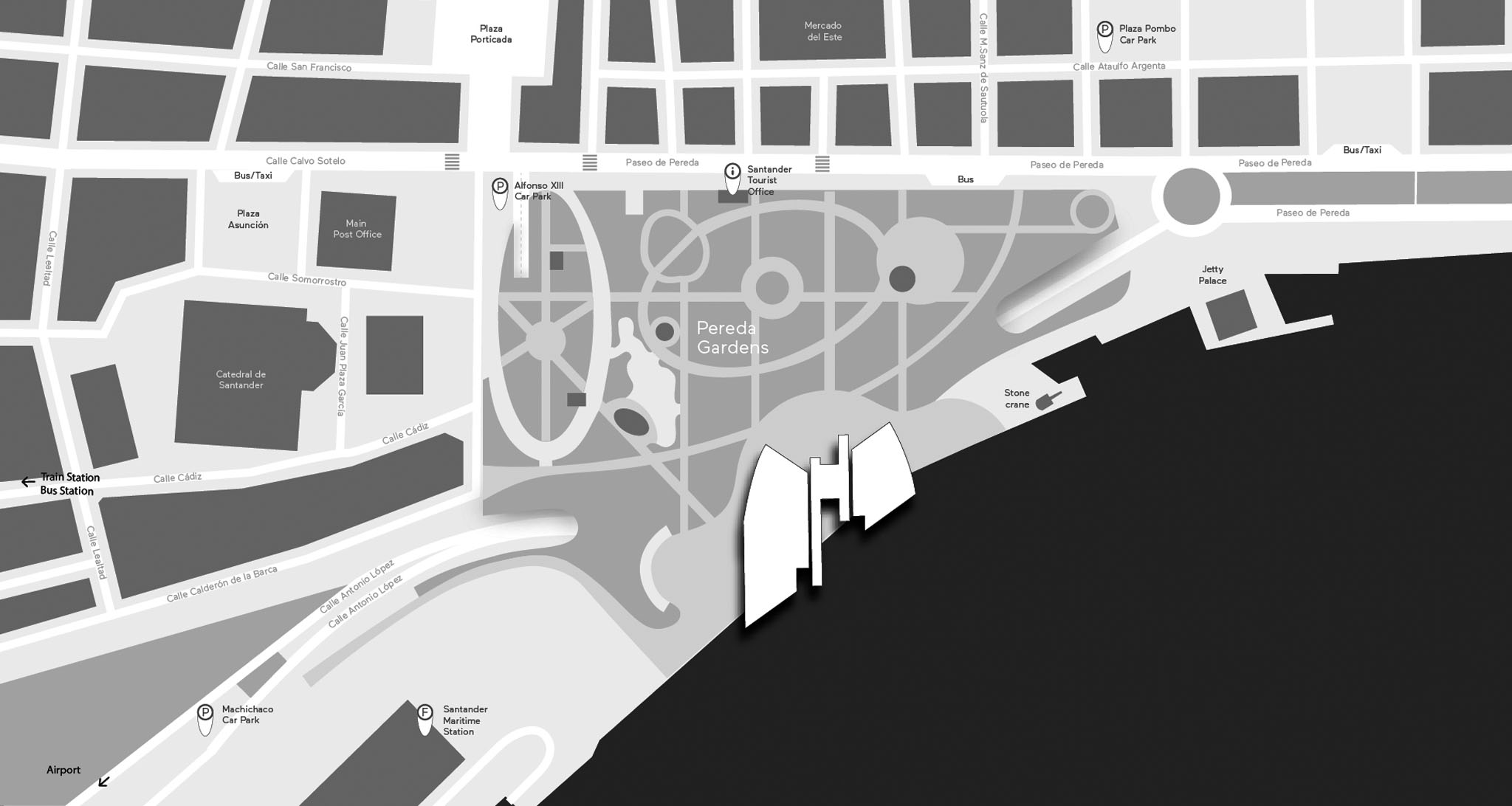The exhibition
MARUJA MALLO: MÁSCARA Y COMPÁS
12 April - 14 September 2025
Maruja Mallo (Vivero 1902–Madrid 1995) is a leading artist of the 20th century Spanish art and one of the main figures of the Generation of ‘27, whose members included Rafael Alberti, Salvador Dalí, Federico García Lorca, Luis Buñuel, Rosa Chacel and María Zambrano. She is also the most important representative of the group of artists who, for the first time, collectively presented a feminine worldview from a new perspective, that of the modern, active, free and professional woman.
Mallo was a visionary artist, who managed to reflect the concerns of her era and anticipate many of ours. The universality of human aspirations, beyond differences of class, race or gender; the consideration of the world as an interconnected ecological system that should be preserved; and the power of art to reveal unknown aspects of reality are fundamental themes of her work.
This exhibition aims to bring Mallo’s work and thinking to the public, as well as to expose the current relevance of her work from a current and renewed vision. It is organised chronologically, respecting the series of paintings which, together with her drawings and archive, trace the artist’s entire career: from the magical realism and surrealist compositions of her early years to the geometric and fantastical configurations of her final works. Her settings move from the working-class neighbourhoods of Madrid to the edgelands of the outskirts, delving into the relationship between humans and nature and placing that relationship in a higher dimension; one in which science, art and mythology go hand in hand, to end up in the cosmos. The show includes quotes from the artist, along with writings and photographs from her archive, which give voice to Mallo’s personal reinterpretation of her work and on the role of art in society.
Organised by Fundación Botín and Museo Reina Sofía.
Curator: Patricia Molins
Verbenas (Fairs) y Estampas (Pictures) (1927-1928) are Maruja Mallo’s first series of works. The Verbenas, which Mallo defined as ‘magical creations of exact measurements’, are festival scenes in which people, regardless of race, class or gender, are the protagonists.
The Estampas, which she later called ‘symbolograms’ due to the combination of images and acrostics they contain, include several series: popular pictures, sports pictures, cinematic pictures and pictures of shop windows, and mannequins. In them, Mallo contrasts the figure of the sporty, vital woman in nature with the objectified images of mannequins or statues, set against the dynamic backdrop of the city.
In Cloacas y campanarios (Sewers and Bell Towers) (1929-1932), the human figure only appears as a trace, a residue or a skeleton abandoned in the wasteland.
In La religion del trabajo (The Religion of Work) (1936-1939) Mallo paid homage to the workers of the sea and the land, as the hope of a future world in harmony with nature. The monumental figures in this series are inspired by the goddesses or offering ladies of classical art and are illuminated by an auroral light, golden for the peasant women and silver for the fisherwomen.
Mallo painted her Naturalezas vivas (Living Natures) (1941-1944), which can be read as a symbiosis or metamorphosis of mainly marine organisms (shells, algae, corals, strange flowers such as orchids). Sensual and colourful, they allude to the sea or the maternal womb as the origin of life.
In the figures of her last series, Moradores del vacío (Dwellers of the Void) (c. 1968-1980) and Viajeros del éter (Ether Travellers) (1982), it seems that microcosm and macrocosm, science and mythology merge: the cell or the spaceship coexist with mermaids and angels.
The exhibition is accompanied by a publication, in Spanish and English, co-published by Fundación Botín, MNCARS and the publishing house This Side Up, which includes texts by Alejandra Zanetta, Johanna Hedva and the curator herself.
–
Maruja Mallo, Canto de las espigas (Song of the Wheat Spikes), 1939. Museo Nacional Centro de Arte Reina Sofía © Maruja Mallo, VEGAP, Santander, 2025


